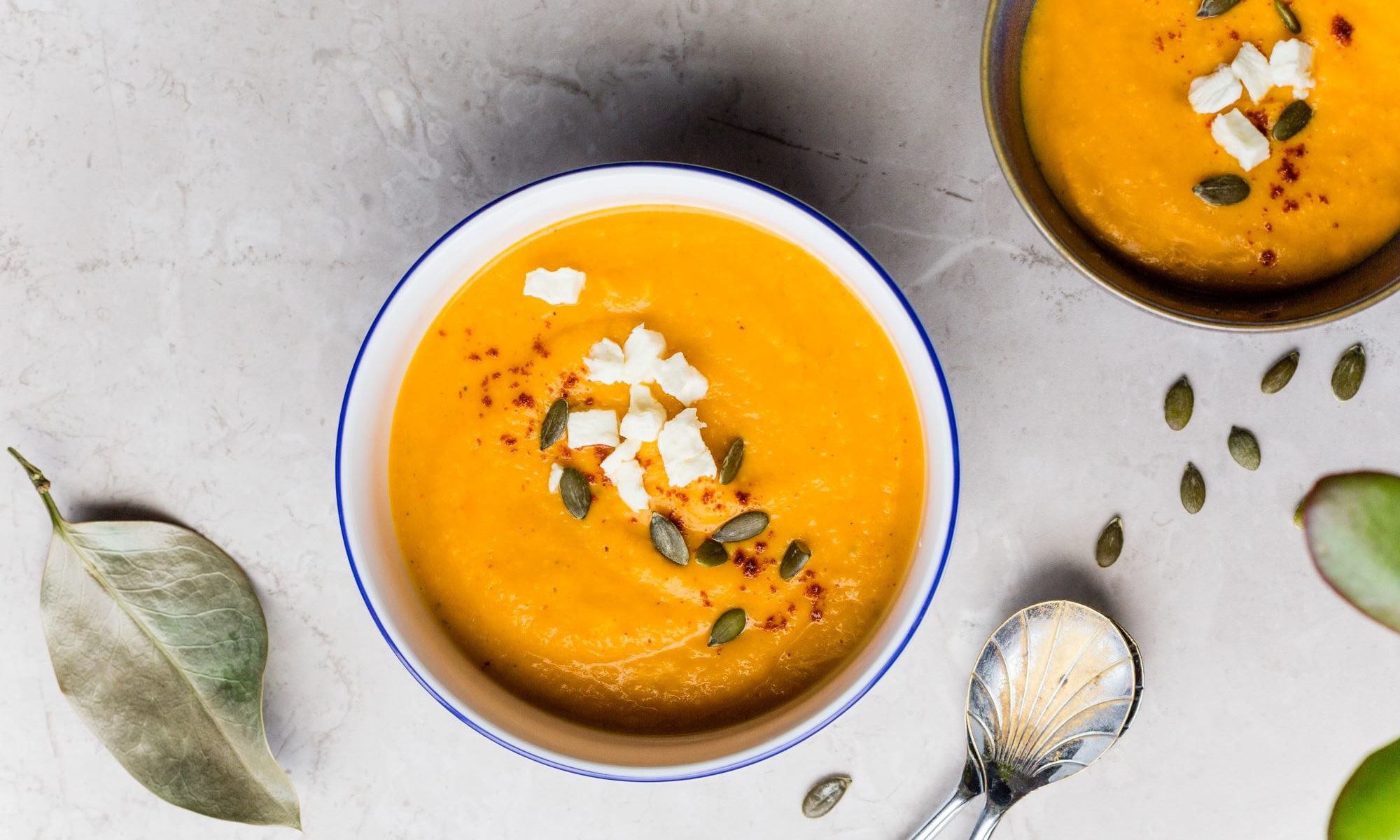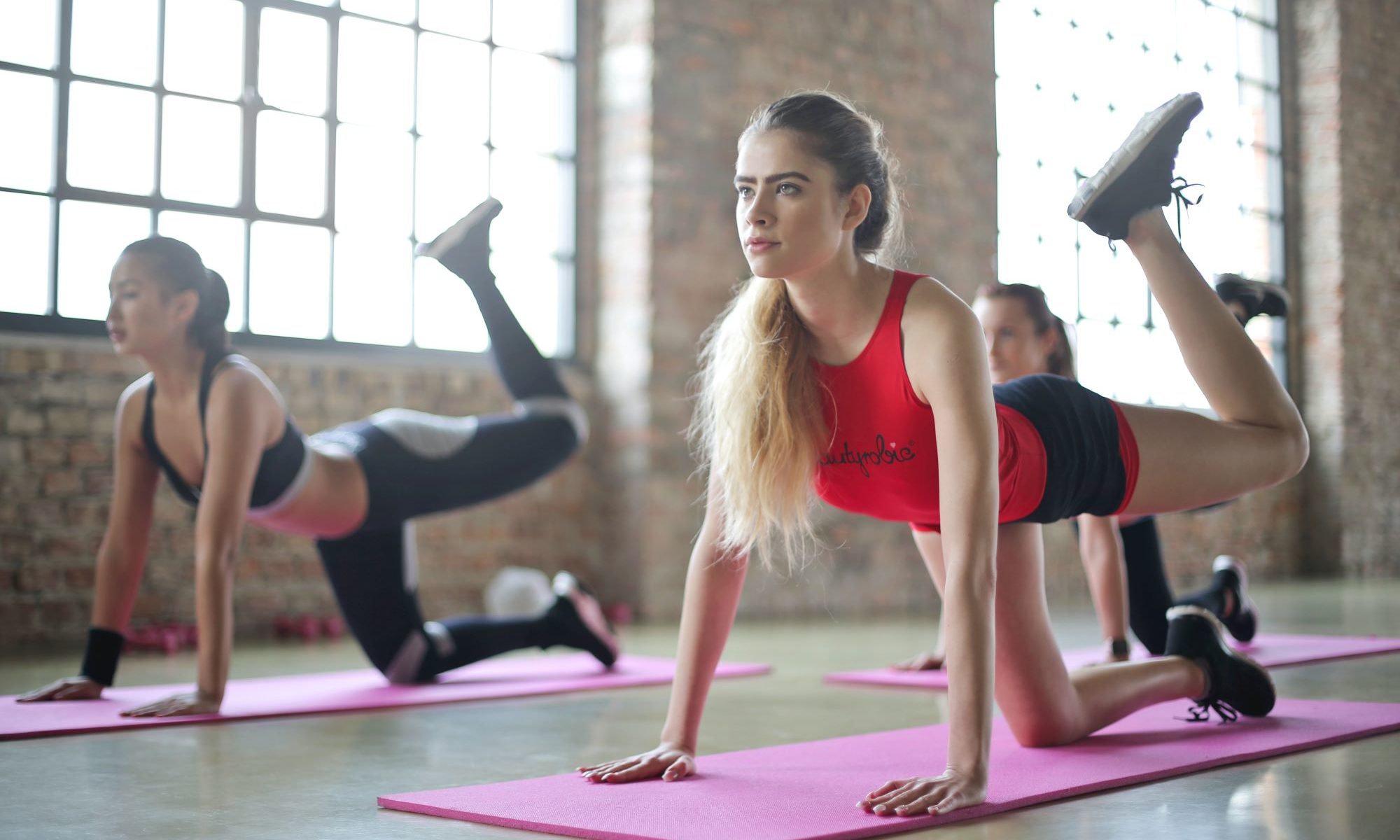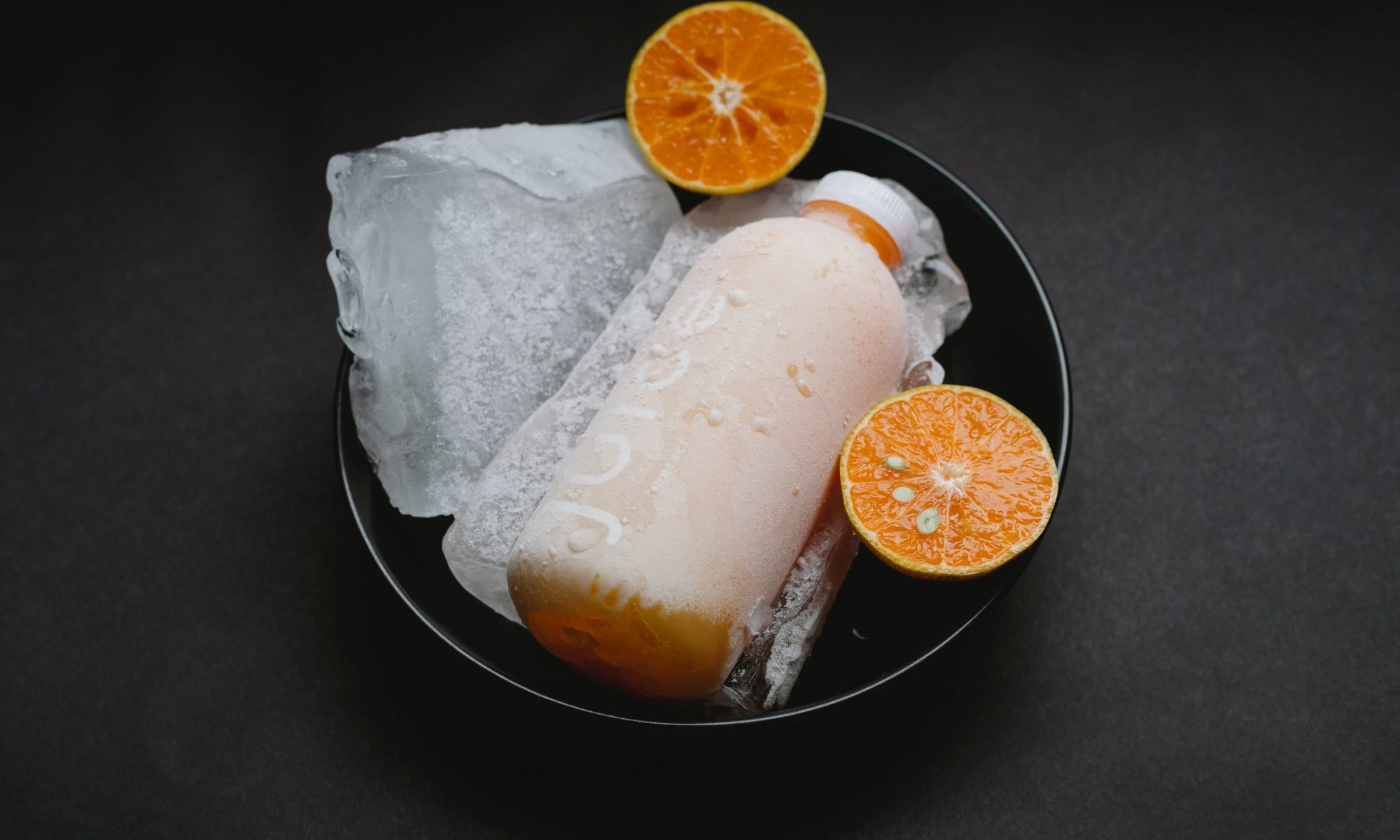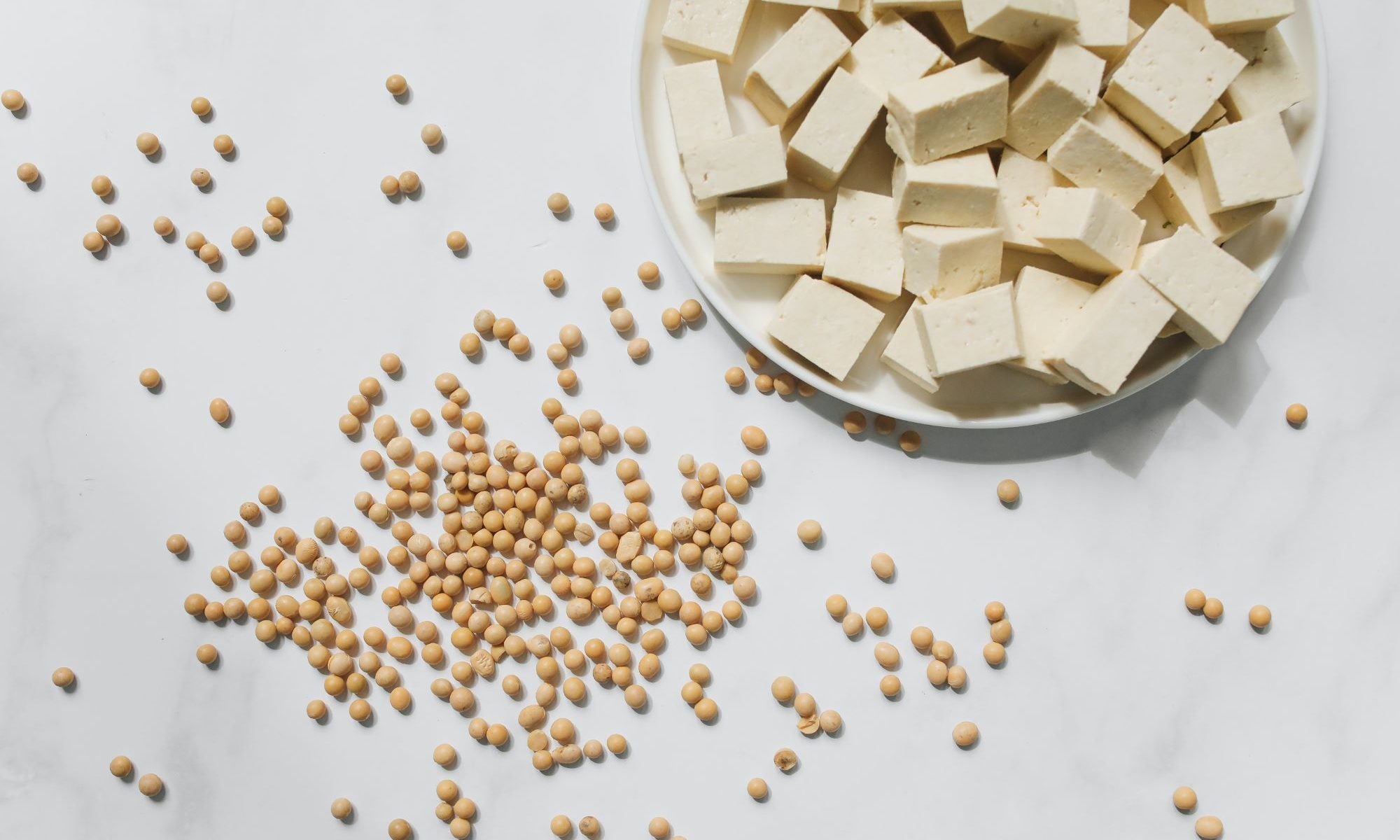The slow cooker saves the day as my secret weapon in the kitchen more than I care to admit. What could be better than throwing a bunch of ingredients in the pot, pushing a single button and coming back to a delicious meal? As I've been on my slow cooker journey, I've found a lot of recipes that might be easy, but have limited nutritional value. If you've also felt that struggle, try one of these four incredibly easy AND healthy slow cooker recipes next time you need a meal plan that will satisfy your whole family without taking up your whole day.
Spicy Sweet Potato Soup
The flavors in this one make it a warming winter meal. Just combine the following ingredients in your slow cooker:
6 c water
2 carrots
2 onions, whatever kind you happen to have
1 T of your favorite curry powder
1 T grated fresh ginger or powdered if you don't have access to fresh
Half a cinnamon stick or 1/2 tsp. ground cinnamon
Salt and pepper to taste
Set the timer for 4 to 5 hours on high or 6 to 7 hours to cook the soup on low. Before serving, puree the soup with an immersion blender to achieve your preferred texture. I love this soup with a bit of Greek yogurt and a few nuts for garnish.
Slow Cooker Salmon
Fish in the slow cooker? Believe it! Follow these steps for incredibly moist, tender salmon:
Line the slow cooker with parchment paper.
Layer lemon slices on top of the paper. One lemon should cover it.
Season a 2-lb salmon filet with salt and pepper to taste, then place it on top of the lemons.
Add 1 1/2 c seafood or veggie broth and the juice of another 1/2 lemon.
Cook your fish on low for just 2 hours and serve with brown rice and a sprinkling of fresh dill for an easy and incredible meal.
[insert page='Offer' display='content']
Garlic Sesame Chicken
Takeout sounds great until you consider the calorie count, not to mention the cost. Keep it light and fresh with this simple Chinese-inspired chicken dish. Here's your guide:
Make a sauce in seconds by whisking 1 T brown sugar, 1/3 c sesame oil, 1/3 cup low-sodium soy sauce and 1/3 cup mirin (rice wine).
Place 2 lbs. boneless, skinless chicken breasts into the bowl of your crockpot. Add salt, pepper and the soy sauce mixture you just made.
Add 8 cloves of garlic and about 1 inch of fresh ginger cut into small chunks.
Cook the chicken on low for 5 to 6 hours, then remove, shred and return to the sauce. I love serving this low-fat meal with brown rice, steamed broccoli, and fun toppings like sesame seeds, sliced red chilis and green onions.
Ground Turkey Chili
From game day to potluck picnics, this turkey chili delivers in flavor with less fat than its ground beef counterpart. Just combine these ingredients in your slow cooker:
1 lb. 98% lean ground turkey or chicken (or sub 1 lb. beans)
1 chopped red bell pepper
3 cloves garlic
32 oz can red kidney beans, rinsed and drained
28 oz can crushed tomatoes
15 oz can corn
1 c chicken broth
4 T of your go-to chili powder
2 tsp. ground cumin
1 tsp. oregano
1/2 tsp. salt
1/4 teaspoon cayenne pepper
Toppings are a must when you serve this incredible chili. I always make sure to have lime juice, sliced avocado and low-fat sour cream on the table.
With these easy recipes, you don't have to spend the whole day in the kitchen to eat well and nourish your body. Take back your time, save money and stick to your meal plan by investing in a slow cooker.










